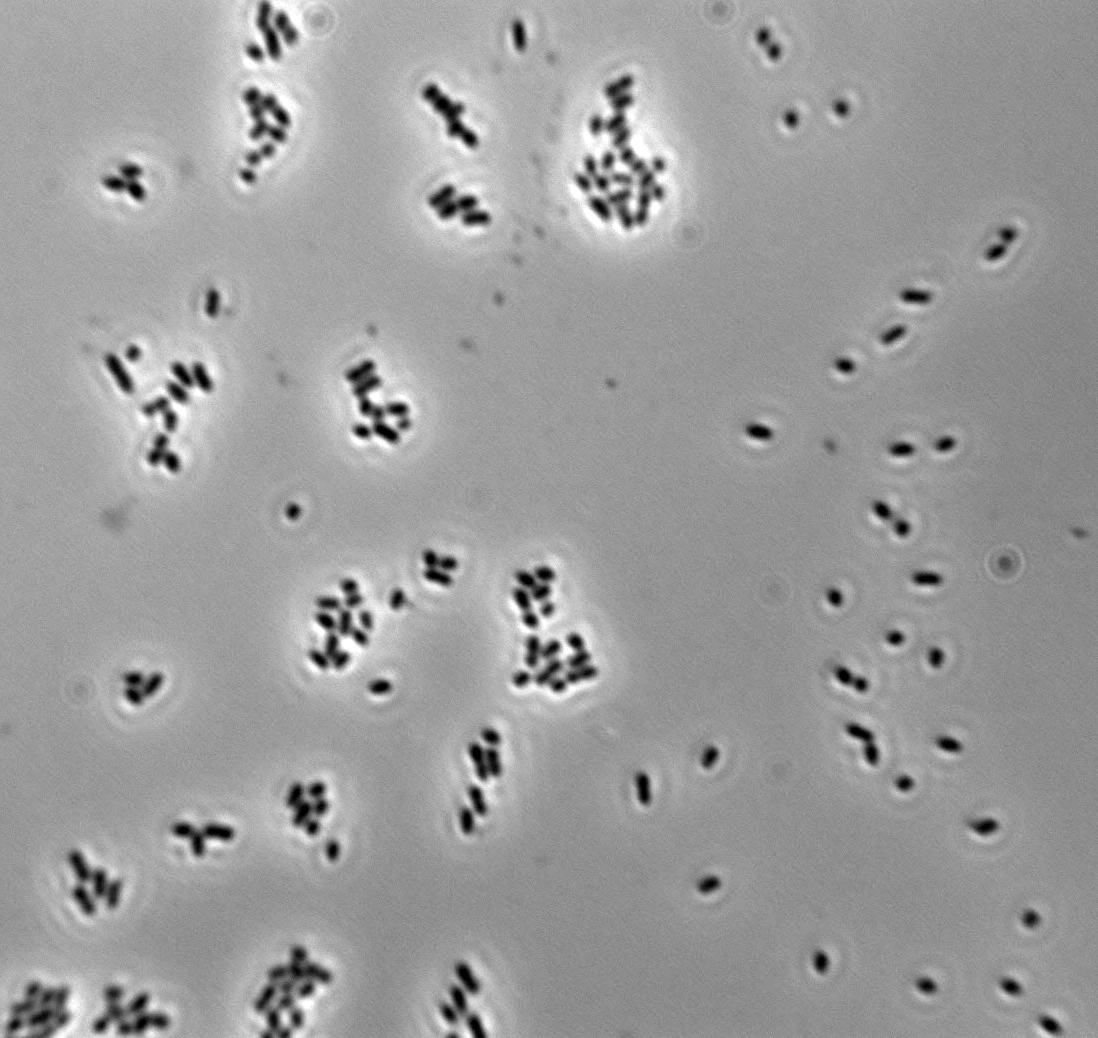Genus/species (aliases): Acetobacter malorum (A. pasteurianus)
Gram Stain: Negative
Morphology:
- Cell: Ellipsoidal 0.9 x 1.1-1.3um, singly or in pairs
- Colony: Beige, round, regular to waxy, convex and smooth, 0.5mm diameter
- Liquid Growth: Zoogleal film
 |
 |
Physiological Traits:
Metabolizes ethanol, glycerol, lactate, acetic acid to CO2 and H2O; in low O2 produces acetaldehyde and ethyl acetate; can assimiliate 2-keto-D-gluconic acid.
Ecological Traits:
Isolated from rotting apples in Ghent, Belgium and described in 2002
Distinguishing Features:
Combination of growth on methanol as Carbon source, the ability to use NH4+ as a Nitrogen source when using ethanol as a Carbon source, and the ability to grow on 30% (w/v) D-glucose distinguishes this species from other Acetobacter.
Role in wine:
Isolated rarely from wine; can be found on grape surfaces
Sensitivities in the genus Acetobacter:
- SO2: +100ppm total SO2
- Sorbate: 0
- DMDC: 30-400 mg/L
- pH: 6.3
- Acids:
- Ethanol: >15%
- Anaerobiosis: VBNC state w/o O2
- Heat: 35°C
References:
Cleenwerck et al. Re-examination of Genus Acetobacter with descriptions of Acetobacter cerevisiae sp. nov. and Acetobacter malorum sp. nov. Society for General Microbiology 2002.
